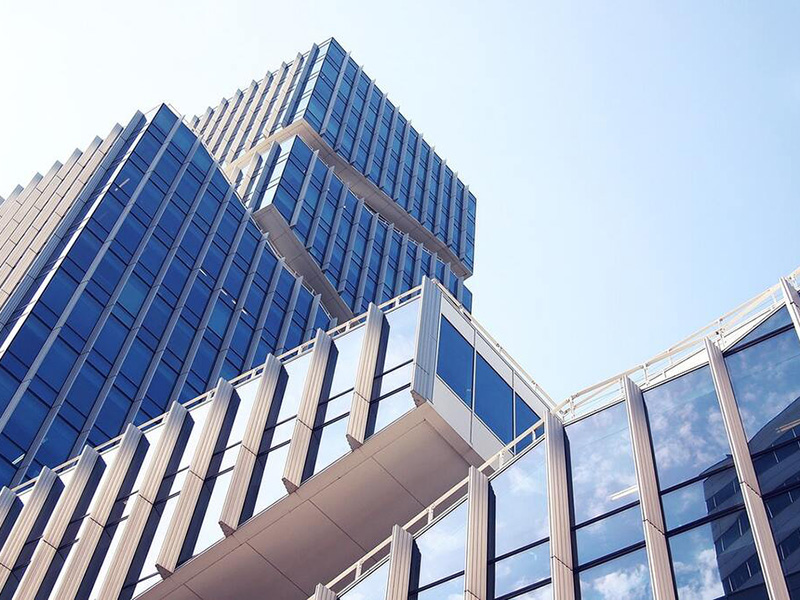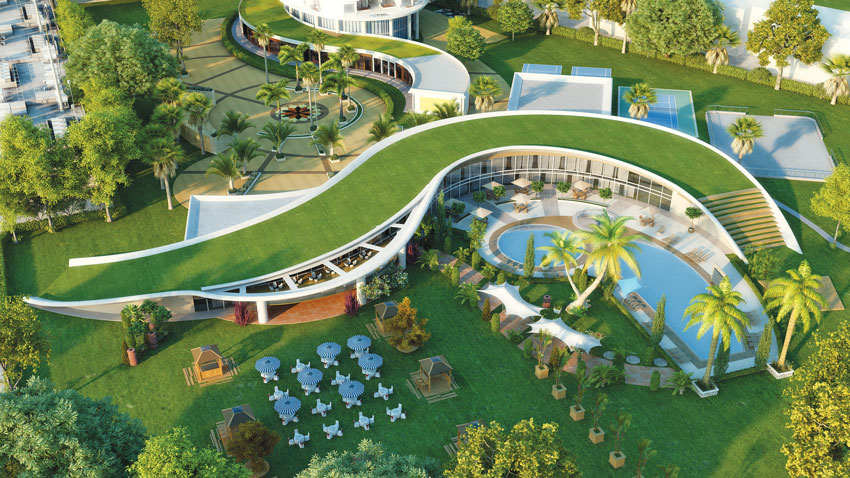
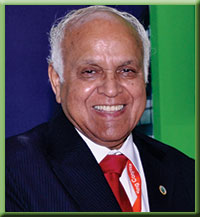
The call from PMO clearly reflects the intent of the government at the centre for the green cause. According to Dr. Jain, the council will soon sign a Memorandum of Understanding (MoU) with the Ministry of Urban Development, following which the IGBC would serve as the advisory body to the state governments and guide the respective local administrations to focus on adopting simple techniques of energy saving, solid waste management, rain-water harvesting, recycling, etc. The Council will also be responsible to certify their works during the making of smart cities.
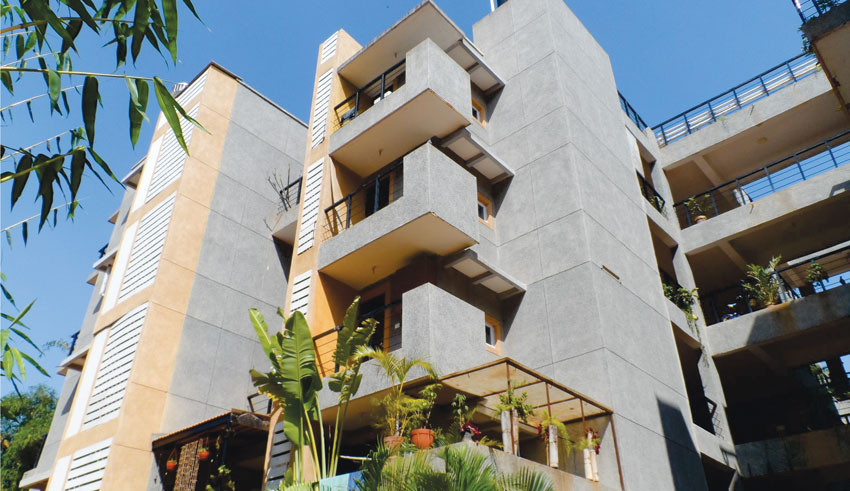
The milestones that India has achieved over these years highlight the success of the green building movement in the country. Today, India ranks third on the US Green Building Council's annual ranking of the top 10 countries for Leadership in Energy & Environmental Design (LEED). Given India's regional and global significance, it is very encouraging to see the country successfully positioning itself as an international leader in the green building and sustainability movements. This augurs well for the country's prominence as a global leader in the rapidly growing technology and the information economy. All thanks to IGBC for its efforts to make India feel proud.
The green building concept integrates many interests and aspects of sustainability. It emphasizes the reduction of environmental impacts through a holistic approach of combining land and building uses with construction strategies. In terms of saving energy in buildings, the use of Intelligent Building Management Systems (IBMS) is a steadily growing trend. Today, around 15 to 20% of businesses are opting for IBMS during the building design process. By combining an understanding of customer needs with required technology, these systems can reduce the building's energy consumption by a tremendous proportion.
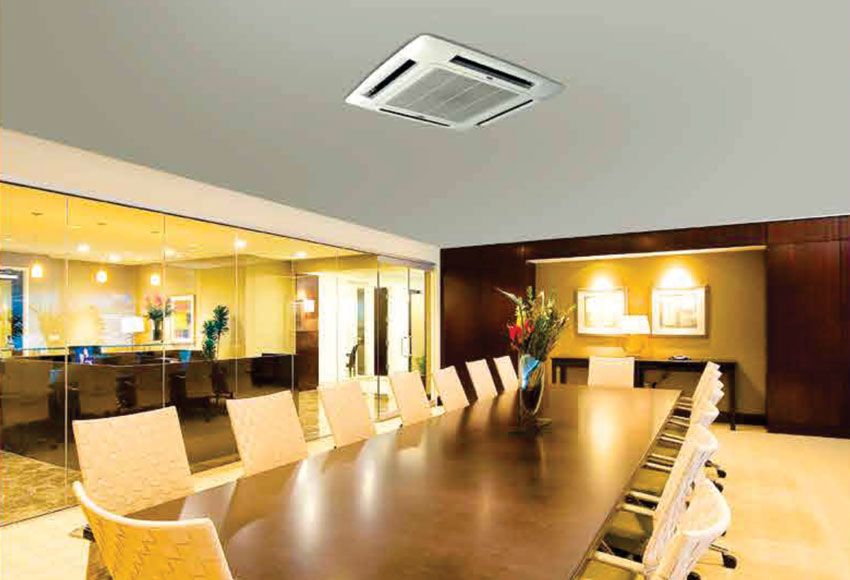

"We at Carrier are a founding member of the IGBC along with the China, France, Singapore and US Green Building councils. Carrier is also involved with Confederation of Indian Industry (CII), State Governments, and Petroleum Conservation Research Association (PCRA) to share its best practices that include energy conservation methods, green technology implementation, and environment safety techniques. In 2010, Carrier launched its CO2NSERVATION Meter, which calculates greenhouse gas emissions avoided as a result of customers installing high-efficiency Carrier products since 2000. In 2013, the Carrier CO2NSERVATION Meter reached 130 million metric tons of greenhouse gases saved, equivalent to removing more than 25 million cars off the road for one year," asserts Mr. Maheshwari.
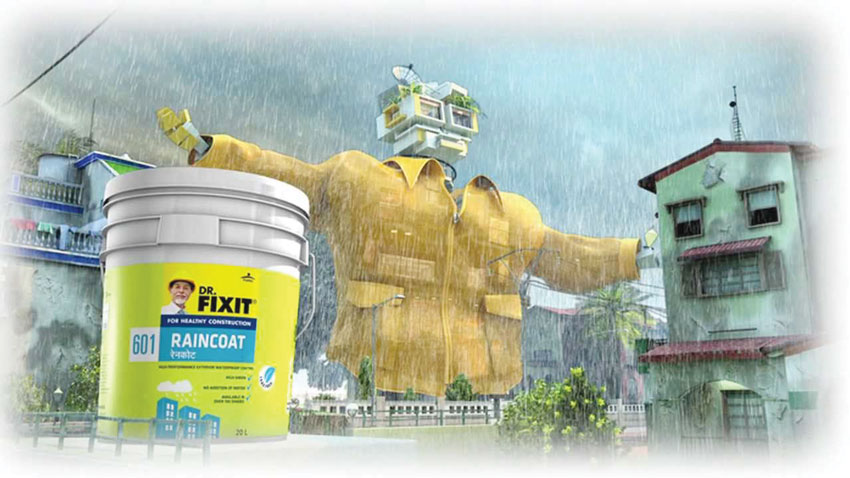
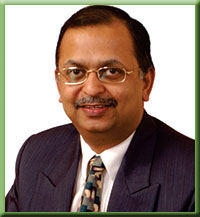
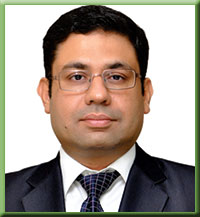
SARE Homes designs and develops its projects with a view to promote energy-efficiency and abides by the green building concept proposed by IGBC. "We provide rain-water harvesting, waste-water management, sewage treatment plants; VRV air conditioning, solar heating of water among other facilities that help in saving energy and increasing efficiency. There are Sky decks on our rooftops which keep the buildings cool in addition to maximisation of usable space. Our projects are well-ventilated with three side open apartments and well-planned landscaped parks with provision for solar lighting for street lights. Both these techniques have helped us make optimum use of natural resources and save up to 50% on costing. This has also created an impact on our future developments and made our team and customers more responsible towards the environment at large," elaborates Mr. Relia.
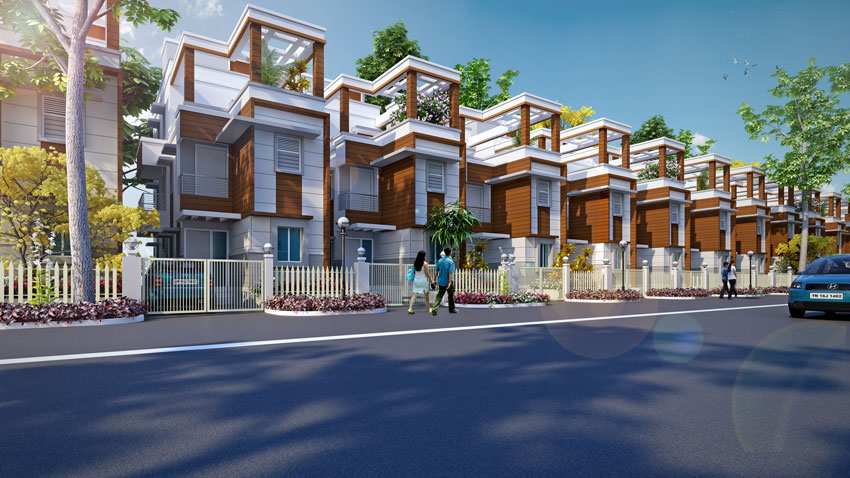
"With the government's initiatives such as the Smart City Mission, there will be an additional boost to the green building movement as both the missions support the same cause of sustainable living and environment. Various rating systems have been introduced by IGBC that cover different types of developments like residential townships, factories, commercial buildings, and schools, thereby reducing environmental hazards. These rating systems are well accepted in terms of credibility. In 2011, an important milestone that was launched was LEED green building which laid foundation for design and construction of some of the best green buildings in India," informs Mr. Relia.
It is worth noting that the announcement of smart cities project has further escalated the momentum as both smart cities and green building movement will grow together. "Establishing smart cities means building more and more infrastructure that is sustainable. This implies more buildings, thereby more air conditioning, more refrigeration, more elevators, more escalators, and so on and so forth. For all this, UTC Building & Industrial Systems (BIS) has a bouquet of products that are energy-efficient and sustainable to definitely support the overall momentum of smart cities. For that matter, we are increasing our presence in tier 2 and 3 cities, where the growth is much faster and also we believe that a lot of smart cities would also be around those cities. We are there to deliver solution right from pre-sales, sales, installation to aftermarket support," informs Mr. Maheshwari adding that through smart technology products, UTC has helped buildings reduce their water consumption by 27%, greenhouse gas emissions by 35%, reduction in total industrial process waste by 41%, and reduction in air emissions by 60%.
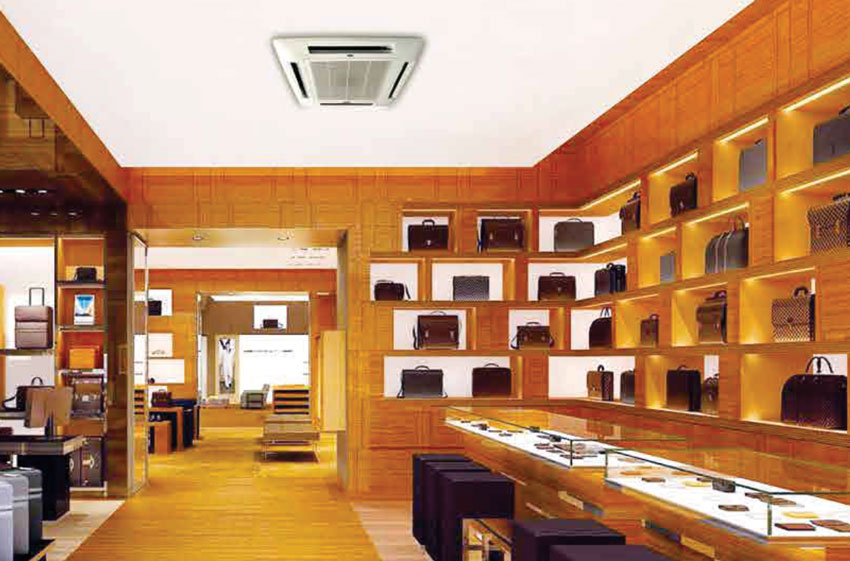
It is imperative that smart city projects will cater to the growing urban population leading to major development of residential and commercial complexes, subsequently driving builders to turn to sustainable solutions. In regard to real estate, sustainability is not limited to just energy conservation, but includes resource usage, impact on the surrounding environment, and working conditions for the tenants. These concerns will lead to the development of more green buildings.
It is important to note that the new government has declared 'Housing for All' by 2022, which will ensure huge spurt in house construction activities. However, at the beginning of the 12th Five Year Plan, the urban housing shortage was estimated to be 18.78 million units. An estimated 96% of this housing shortage pertains to households falling in the Economically Weaker Sections (EWS) and Lower Income Group (LIG) segments. The home buyer across Urban India is today increasingly aware of the benefits of green construction and sustainable homes. Customers are looking at sustainable homes not as an additional comfort amenity but an integral element for healthy living.
"Smart city projects will definitely provide the needed impetus to the green building movement in India. This is because the developers have come to realise the advantages attached to the concept of smart cities comprising buildings with sustainable features. They know that adding such attributes to homes need not be an expensive proposition. At the same time, these features provide added marketing benefits to the entire project thereby leading to faster sales. Also, many local municipal and other urban bodies have started giving various incentives for constructing sustainable houses," says Dr. Bahadur.
Amidst all this, the Centre is seriously promoting the concept of Green construction by creating awareness to a wider base. For instance, it organized a workshop to sensitise states and other stakeholders about the need for green construction given that the building sector consumes 40% of the electricity generated in the country, 30% of raw materials and 20% each of water and land resources besides generating 30% of solid waste and 20% of effluents.
"A city cannot be smart until it ensures sustainable living. Smart city is not just about usage of technology, home automation, real time information and data, but can pave the way for an efficient and eco-friendly way of living. As energy demands escalate worldwide, smart cities built around the concept of green buildings would contribute towards improving the quality of life and reduce energy consumption," says Mr. Relia adding that an energy-efficient construction is the need of the hour. "It is very important to reduce energy consumption, create awareness around long-term of benefits of green buildings, natural day light and cleaner environment. Consumers today, realise the importance of going green for sustainable living. It is necessary to utilise latest technologies in order to enhance efficiency and facilitate better management of resources."
It won't be any exaggeration to the fact if we say that Green seems to be the new mantra for developers across the country. For instance, recently, SARE Homes has undertaken efforts to reduce its carbon footprint as a developer and lend its might in mitigating the devastating impact of global warming and climate change. "We have measured our carbon footprint for the last two financial years using methodology based on the GHG Protocol. This will help us to monitor and devise ways to control carbon emission and do our bit for the environment," says Mr. Relia.
There is no denying to the fact that buildings are subject to high exposure of sunlight and rain water lash. While global temperature is continuously on the rise, weather elements like sun and rain is playing havoc with the life and durability of concrete construction. Higher temperatures lead to higher energy consumption and demand, in turn stressing our environment and eco systems. Water leakages and seepages play a major role in impacting the longevity and durability of construction. The RCC Slab of the terrace is generally done with ordinary concrete without using any admixture to take care of the extra workability required to proper placement and compaction of the concrete through the congested reinforcement. Sometimes integral waterproofing compounds are used in the concrete. But often they are not used properly or sufficiently.
This calls for an approach to sustainable systems that can prevent water seepage and leakage through the structure to help reduce energy consumption needs ensuring the health and comfort of the building occupants, besides enhancing durability of the construction through long term performance and extended service life. Going in line with these facts, Dr. Bahadur agrees that although Pidilites' main focus is waterproofing but the way forward for is waterproofing + insulation. All products, under Dr Fixit banner of Pidilite Industries, not only serve the waterproofing purpose but also provide insulation.
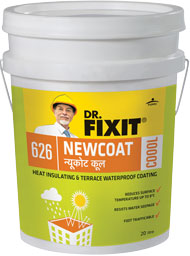
Pidilite is committed towards creating state-of-the-art technologies based on the principles of innovation. "Our products mainly aim at being environment-friendly as we realised that in today's age innovation and environment-friendly solutions go hand-in-hand. Our solutions include Dr. Fixit LEC (Low Energy Consumption) and Dr. Fixit Blue Seal which are the two most effective innovations for sustainable construction from the house of Pidilite. These products enhance the lifecycle of the building providing better insulation and reducing heat," avers Dr. Bahadur.
Interestingly, the Union ministry of environment, forests, and climate change has drafted 'Environmental Guidelines for Buildings' comprising about 30 parameters to be complied with. This is for the efficient management of energy, water, land, solid waste, air quality, and noise levels during pre-construction, construction, and post-construction period. From now onwards, all the stakeholders have to strictly follow these Green Guidelines for any building to be erected in future.
As per the draft, at least 1% of connected applied load of power shall be met from renewable energy sources such as photovoltaic cells or wind mills or hybrid mode. And all common area lighting must be of LED/Solar lights. Energy meters must be installed to measure over all energy consumption. The guidelines also make it mandatory for a tree to be planted for every 100 sqmt of land area and three planted to replace each tree felled.
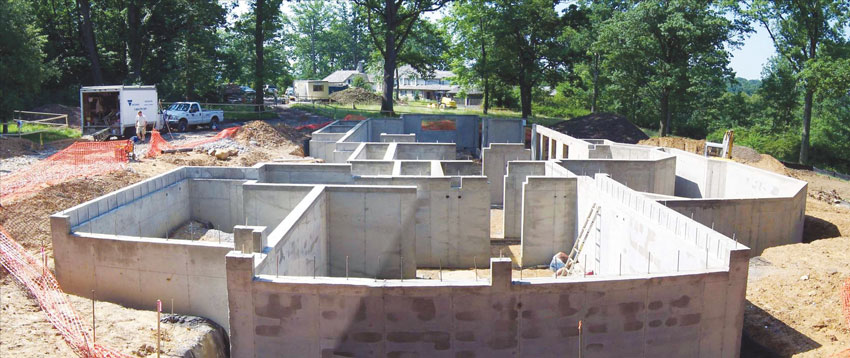
Put together, these developments have a common message for specifiers, that is, to carve out integrated Green designs from now onward so as to fully address all the concerns listed in the Green Guidelines. All the future architecture should be developed in such a way that it uses less water, saves on energy consumption, conserves natural resources, generates less waste, and provides healthier spaces for occupants than a conventional building as there is a danger of losing environment and sustainability. The need is to take care of negative impact in the long-run.










